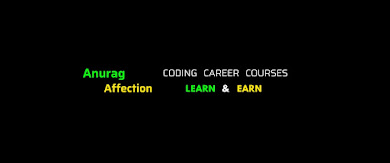1. The part of the brain which is concerned with muscular co-ordination in the body - Cerebellum
2. The nerve which transmits impulses from the eye to the brain - Optic Nerve
3. The muscles in the human eye which are concerned with the following of objects at different distances - Radial and circular muscle/ ciliary muscle
4. The unit of the nervous system - Neuron
5. The neurons which carry impulses from receptor to brain - Sensory neurons
6. The neuron which transmits impulses from the brain to the effector organ - Motor neurons
7. The lower part of the brain which contains reflex centre - Spinal Cord
8. The number of spinal nerves in man- 31 pairs
9. The middle coat of the eye, soft vascular and thin layer - Choroid
10. The sensitive cells present in the retina - Rods and Cones
11. The smallest bone in the human body - Stapes
12. Most important part of the nervous system- Brain
13. The membrane covering the brain and spinal cord - Meninges
14. Response to a stimulus without the intervention of the will of an animal - Reflex Action
15. The point in the centre of the retina where the rods and cones are highly concentrated -Yellow Spot
16. One neurotransmitter - Acetyl Choline
17. Defect of the eye in which distant objects are not seen clearly - Myopia
18. Defect of the eye in which near objects are not seen clearly - Hypermetropia
19. A bony socket in which eye is well protected - Orbit
20. A small opening in the centre of the Iris - Pupil
21. The structure for the alteration of the shape of the lens - Ciliary body/ ciliary muscles
22. The structure for the constriction of the pupil in bright light - Iris
23. Inner sensitive coat of the eyeball - Retina
24. The organ of hearing - Ear
25. The structure of the ear which helps in the balancing of the body- Semi-circular canals
26. Jelly-like material filled in the space between the lens and the retina- Vitreous humour
27. The fluid-filled in the space between the cornea and the lens - Aqueous humour
28. The structure that protects the eye-ball and maintains its shape - Sclera
29. The structure that has a sensory organ called 'organ of Corti' - Cochlea
30. The defect of the eye caused due to the uneven curvature of the cornea - Astigmatism
32. The parts of the autonomous nervous system - Sympathetic and parasympathetic nervous system
33. The nerves which transmit impulses from the ear to the brain - Auditory Nerve






